Articles > Geography
Think you know the World Largest Agglomerations? Here’s the top 25 to help you start.
Guangzhou, China – 70,100,000
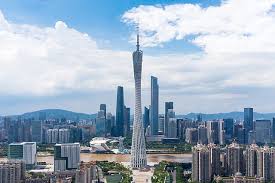
Guangzhou, often referred to as the heart of China’s Pearl River Delta, has grown into the world’s largest agglomeration with over 70 million people. This region is a central hub of economic activity, combining historic neighborhoods with modern, sprawling urban developments. Guangzhou’s influence extends across several neighboring cities, making it one of the most interconnected urban areas. Its economy thrives on manufacturing, trade, and technology, driving rapid population growth as people migrate from across China and beyond. The agglomeration also boasts a diverse culture with influences from around the world, a lively food scene, and robust infrastructure, making it a city of contrasts and dynamism.
Tokyo, Japan – 41,000,000

Tokyo, Japan’s vibrant capital, is renowned for being one of the most densely populated and economically powerful cities globally. With a population of 41 million in its greater metropolitan area, Tokyo is a center for finance, technology, and culture. Known for its futuristic skyline juxtaposed with traditional temples and historic neighborhoods, Tokyo offers a rich cultural experience. The city is famous for its efficient public transportation system, bustling districts like Shibuya and Shinjuku, and iconic landmarks such as the Tokyo Tower. Additionally, Tokyo’s influence reaches far beyond Japan, impacting global technology, fashion, and entertainment industries.
Shanghai, China – 40,800,000

Shanghai, situated along China’s eastern coast, is one of the country’s most important financial and cultural centers. With a population of over 40 million, it has become a symbol of China’s rapid economic growth and modernization. The city is known for its blend of colonial architecture on the Bund, towering skyscrapers in Pudong, and vibrant cultural districts. Shanghai is a major player in global finance, hosting the world’s second-largest stock exchange, and its port is among the busiest globally. The city’s rich history, innovative spirit, and cosmopolitan atmosphere make it a pivotal hub in Asia and beyond.
Delhi, India – 34,600,000

Delhi, the bustling capital of India, is a massive urban agglomeration that includes New Delhi, the country’s administrative center. Home to approximately 34.6 million people, Delhi is known for its diverse cultural heritage, historical monuments, and political significance. Iconic landmarks such as the Red Fort, India Gate, and Qutub Minar draw millions of visitors annually. Delhi also serves as a major economic center in India, with strong sectors in information technology, telecommunications, and retail. The city’s growth and urban sprawl have led to significant infrastructure developments, but they also pose challenges in terms of traffic congestion and air quality.
Jakarta, Indonesia – 29,200,000
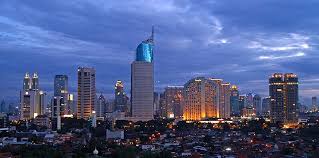
Jakarta, the capital city of Indonesia, forms a massive urban agglomeration known as Jabodetabek, which includes the surrounding areas of Bogor, Depok, Tangerang, and Bekasi. With a population of around 29.2 million, Jakarta is Indonesia’s economic, cultural, and political heart. The city is known for its mix of modern high-rises and traditional markets, with a vibrant urban lifestyle reflecting its diverse population. Jakarta faces challenges such as flooding, traffic congestion, and pollution, but it remains a key player in Southeast Asia’s economy. Plans are underway to move Indonesia’s capital to Nusantara to alleviate Jakarta’s urban issues.
Manila, Philippines – 27,200,000
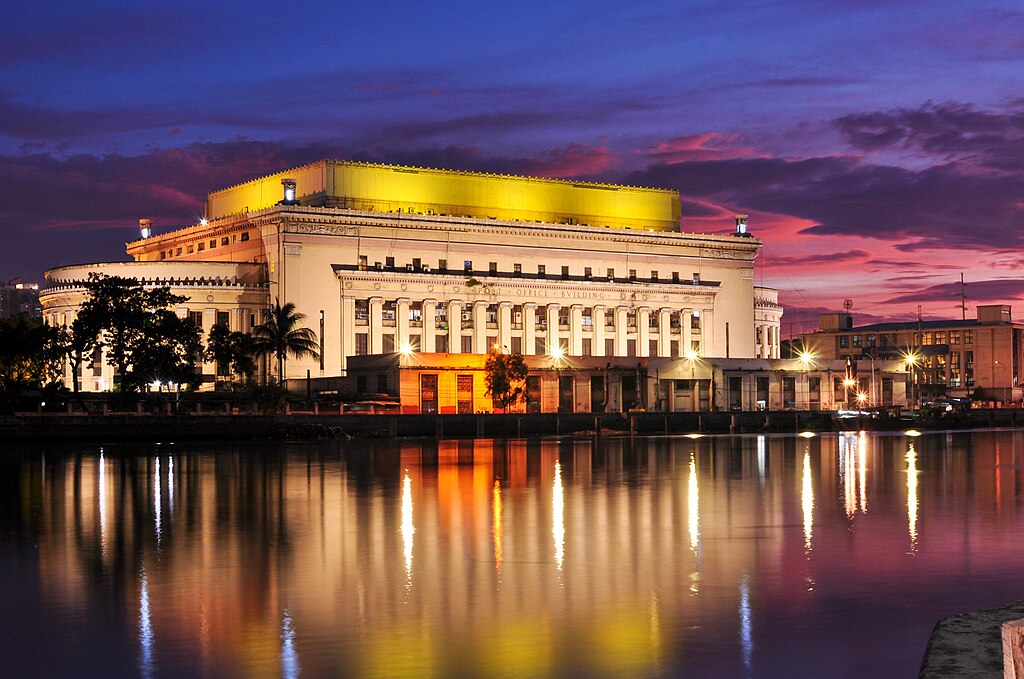
Manila, the bustling capital region of the Philippines, forms a densely populated urban area with over 27 million residents. Known as Metro Manila, it comprises several cities, including Makati, Quezon City, and Pasay, creating a vibrant cultural and economic center. Manila is famous for its rich history, visible in historic sites like Intramuros and Rizal Park, alongside a modern skyline. The area serves as the Philippines’ primary hub for commerce, industry, and finance, with a large workforce fueling sectors such as outsourcing, banking, and tourism. Despite challenges like traffic congestion and pollution, Metro Manila continues to grow as a leading urban center in Southeast Asia.
Mumbai, India – 27,100,000

Mumbai, often called the financial capital of India, is home to 27.1 million people in its metropolitan area. Known for its dynamic energy, Mumbai is a city of contrasts, with glamorous Bollywood studios, luxury districts, and historic colonial buildings coexisting with vast informal settlements. The city hosts India’s primary financial institutions, including the Bombay Stock Exchange and Reserve Bank of India, making it a focal point for commerce and industry. Mumbai’s coastal location on the Arabian Sea has contributed to its role as a major port city. Despite challenges such as overcrowding and infrastructure demands, Mumbai remains a magnet for people from across India seeking opportunities.
Mexico City, Mexico – 25,100,000
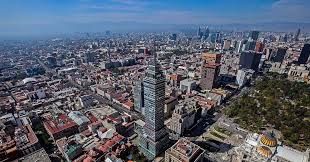
Mexico City, one of the oldest and largest cities in the Americas, boasts a metropolitan population of 25.1 million. Built on the ruins of the ancient Aztec capital Tenochtitlán, the city is rich in history, art, and culture. Modern Mexico City is a vibrant center for finance, education, and the arts, with famous landmarks such as the Zócalo, Chapultepec Park, and the National Museum of Anthropology. The city faces environmental challenges like air pollution and earthquakes, but it remains resilient, with a thriving economy driven by industries such as manufacturing, tourism, and trade. Its unique cultural fusion and dynamic population make it a significant Latin American metropolis.
Seoul, South Korea – 25,100,000

Seoul, the capital of South Korea, is a megacity with a population of 25.1 million in its metropolitan area. Known for its cutting-edge technology, Seoul is a city where traditional palaces like Gyeongbokgung coexist with futuristic skyscrapers and vibrant districts such as Gangnam. The city is a hub for the technology, entertainment, and finance industries, with major companies like Samsung and LG headquartered here. Seoul’s influence extends worldwide through the Hallyu Wave, exporting Korean pop culture, music, and cinema. The city is also recognized for its efficient public transportation system and innovative urban planning, making it one of Asia’s most advanced cities.
Cairo, Egypt – 22,500,000

Cairo, the capital of Egypt, is a sprawling metropolis with a population of 22.5 million. Situated on the Nile River, Cairo is one of the oldest cities in the world and remains the cultural and political heart of the Arab world. The city is famous for its proximity to the Giza Pyramids, as well as historical sites like the Egyptian Museum, which houses priceless ancient artifacts. Cairo is a dynamic center of trade, education, and media within the region. Despite challenges with urban sprawl and air quality, Cairo’s rich history and vibrant culture continue to draw millions of visitors and residents alike.
Dhaka, Bangladesh – 22,500,000

Dhaka, the capital of Bangladesh, is one of the most densely populated cities in the world, with a metropolitan population of 22.5 million. Known for its bustling street life, Dhaka is a major economic hub in South Asia, with a significant focus on the textile and garment industries, which fuel the country’s economy. The city is known for landmarks such as Lalbagh Fort and the National Parliament House. Dhaka faces challenges related to infrastructure, traffic, and environmental sustainability, but its population continues to grow as people flock to the city in search of economic opportunities.
Sao Paulo, Brazil – 22,100,000
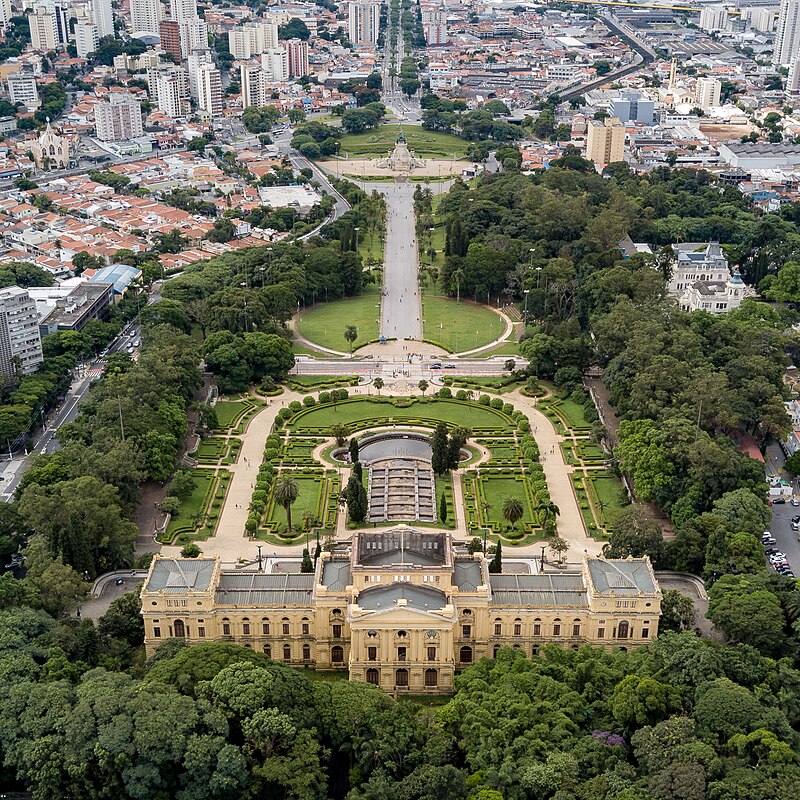
Sao Paulo, Brazil’s largest city, is home to over 22.1 million people in its metropolitan area, making it a crucial center for finance, culture, and industry in Latin America. Known for its skyscrapers, cosmopolitan lifestyle, and bustling arts scene, Sao Paulo is a diverse city with influences from Italian, Japanese, Arab, and other immigrant communities. The city is the financial heartbeat of Brazil, with a strong presence in banking, commerce, and technology. Sao Paulo’s mix of historical architecture, modern art museums, and vibrant neighborhoods make it one of the most dynamic cities in the Southern Hemisphere.
New York, US – 22,000,000

New York City, a global icon, is home to 22 million people in its metropolitan area. Known as “The City that Never Sleeps,” New York is a world leader in finance, culture, and media. The city is famous for landmarks such as Times Square, Central Park, and the Statue of Liberty. As the headquarters of major corporations, including those on Wall Street, New York is at the forefront of finance and commerce. The city’s diverse neighborhoods, rich arts scene, and robust public transportation system make it one of the most influential urban centers worldwide, attracting millions of visitors each year.
Bangkok, Thailand – 21,200,000
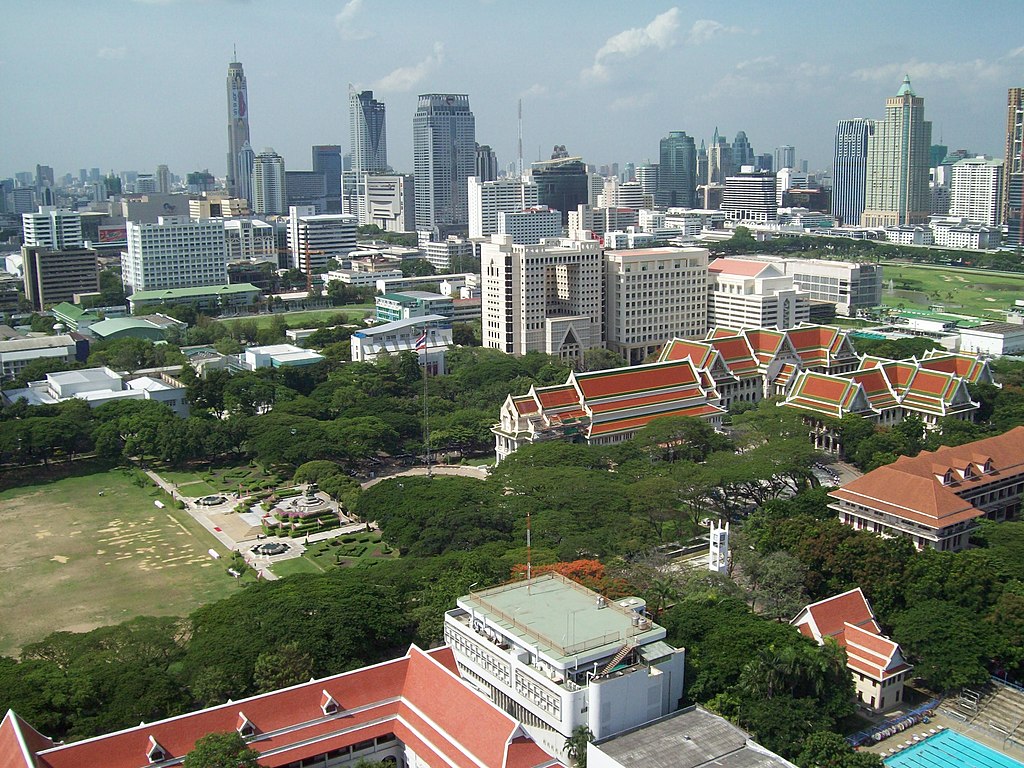
Bangkok, Thailand’s capital, is a vibrant urban hub with a metropolitan population of 21.2 million. Known for its ornate temples, bustling street markets, and a mix of traditional and modern architecture, Bangkok has grown into a significant economic and cultural center in Southeast Asia. The city is famous for landmarks such as the Grand Palace, Wat Arun, and the bustling Chatuchak Market. As a major tourist destination, Bangkok also serves as a gateway to Thailand’s beaches and islands. The city’s economy is driven by tourism, finance, and trade, and its rapid urbanization continues to attract people seeking economic opportunities. Despite challenges like traffic congestion, Bangkok’s dynamic atmosphere and cultural richness make it one of Asia’s most exciting cities.
Beijing, China – 21,200,000

Beijing, China’s capital, has a metropolitan population of 21.2 million and is steeped in history as one of the world’s oldest cities. Beijing is known for its ancient landmarks, including the Forbidden City, Tiananmen Square, and the Great Wall. In addition to its cultural significance, Beijing is a major political, economic, and technological center in China, housing the headquarters of numerous government bodies and international corporations. As a focal point of China’s rapid modernization, Beijing balances historic preservation with innovation, exemplified by its advanced public transportation system. Despite environmental challenges, Beijing remains a global center for art, culture, and academia.
Karachi, Pakistan – 20,900,000
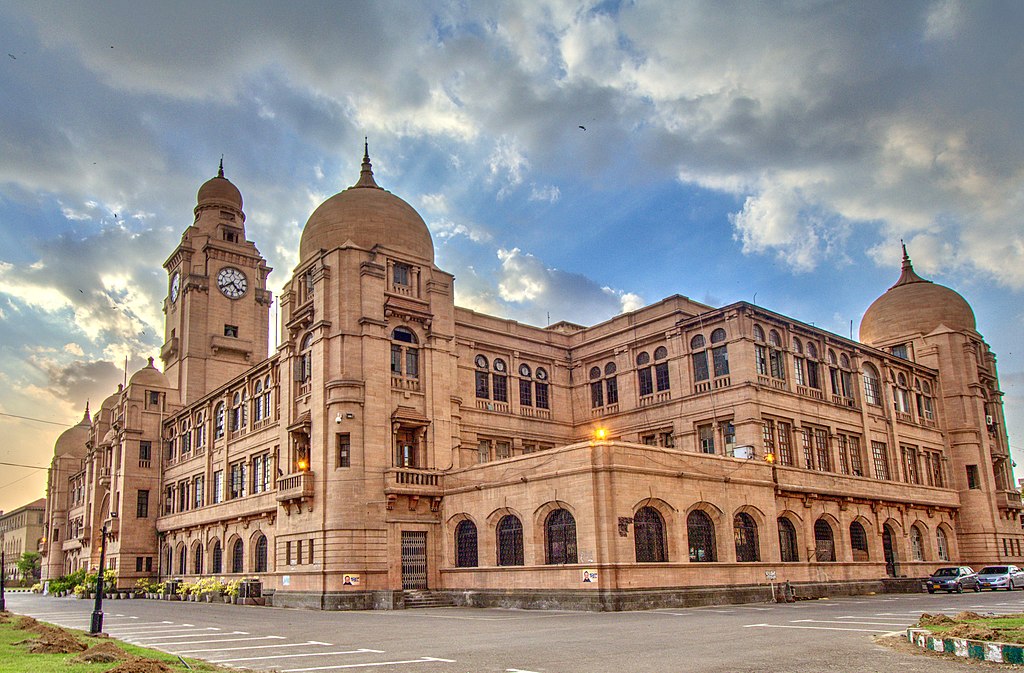
Karachi, the largest city in Pakistan, has a bustling population of 20.9 million. Positioned on the Arabian Sea, Karachi is Pakistan’s financial and industrial heart, contributing significantly to the country’s economy. Known for its diverse culture and vibrant markets, the city is a melting pot of ethnicities and languages. Karachi serves as a major port, facilitating trade and commerce across South Asia. In addition to industry, the city has a strong academic sector with universities and research institutions. However, rapid growth has presented challenges, including infrastructure demands and environmental issues. Karachi’s cultural diversity and economic role make it a vital part of Pakistan.
Lagos, Nigeria – 20,700,000
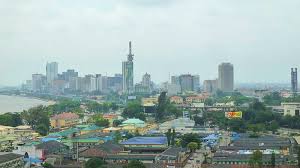
Lagos, Nigeria’s largest city, is home to 20.7 million people and is one of Africa’s most populous urban areas. Known for its energetic atmosphere and entrepreneurial spirit, Lagos is the commercial capital of Nigeria, driving much of the country’s economic activity. The city has a burgeoning tech scene, often referred to as “Silicon Lagoon,” and is a center for finance, media, and entertainment. Lagos has vibrant markets, scenic beaches, and cultural landmarks such as the National Museum. Despite challenges like traffic congestion and housing shortages, Lagos continues to grow, attracting people from across Nigeria and beyond.
Moscow, Russia – 19,100,000

Moscow, the capital of Russia, is a major metropolitan area with a population of 19.1 million. Known for its historical landmarks like the Kremlin, Red Square, and St. Basil’s Cathedral, Moscow is steeped in cultural heritage and political importance. The city is also Russia’s economic powerhouse, with a significant presence in finance, technology, and manufacturing industries. Moscow’s public transportation, particularly its iconic metro system, is among the most efficient globally. As a cosmopolitan city, Moscow combines its rich history with modernity, featuring diverse neighborhoods, international cuisine, and a vibrant arts scene. The city is a focal point for both Russian and global visitors.
Kolkata, India – 17,700,000
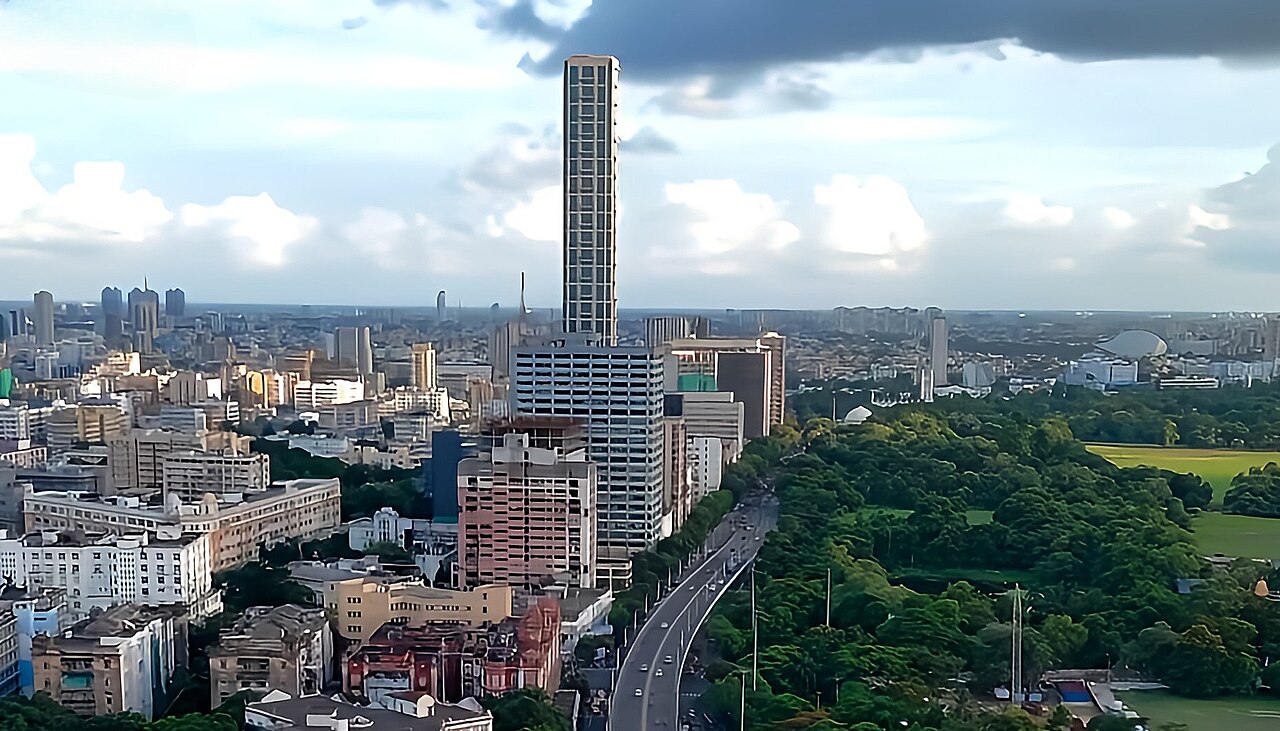
Kolkata, formerly known as Calcutta, is one of India’s largest cities, with a metropolitan population of 17.7 million. Known as the “City of Joy,” Kolkata is celebrated for its cultural festivals, colonial architecture, and intellectual heritage. The city is home to significant landmarks, including the Victoria Memorial, Howrah Bridge, and Dakshineswar Temple. Kolkata is a center for literature, arts, and theater, and it remains a major economic hub in eastern India, with industries in IT, finance, and trade. The city faces challenges with infrastructure and poverty but is renowned for its strong community spirit and historical significance.
Osaka, Japan – 17,700,000

Osaka, Japan’s third-largest metropolitan area, has a population of 17.7 million. Known for its modern architecture, vibrant nightlife, and rich culinary scene, Osaka is a major commercial center in Japan. The city is famous for landmarks such as Osaka Castle, Universal Studios Japan, and the bustling Dotonbori district. Osaka plays a vital role in Japan’s economy, particularly in industries such as commerce, technology, and manufacturing. Despite being one of Japan’s most densely populated areas, Osaka maintains a high standard of living and is known for its friendly residents. The city is a popular destination for both domestic and international tourists.
Chengdu, China – 17,300,000
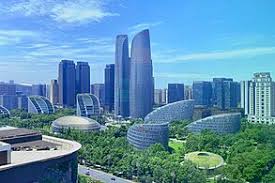
Chengdu, with a population of 17.3 million, is the capital of Sichuan Province and a growing economic hub in western China. Known for its laid-back lifestyle, Chengdu is famous for its cuisine, particularly Sichuan dishes, and its cultural heritage sites such as the Chengdu Research Base of Giant Panda Breeding. The city is also an emerging center for technology and innovation, with a growing presence in industries like software and biotechnology. As one of China’s most livable cities, Chengdu offers a mix of modern amenities and historical charm, attracting both residents and tourists with its unique character.
Los Angeles, US – 17,200,000

Los Angeles, with a metropolitan population of 17.2 million, is known worldwide as the entertainment capital of the world. Home to Hollywood, Los Angeles is a cultural powerhouse, influencing global media, music, and fashion. The city is also a significant economic center with thriving sectors in technology, trade, and tourism. Known for its sunny climate and diverse neighborhoods, Los Angeles offers iconic landmarks like the Hollywood Sign, Griffith Observatory, and Santa Monica Pier. Despite challenges such as traffic and housing affordability, Los Angeles remains a desirable place to live and visit, attracting people from all over the world.
Buenos Aires, Argentina – 16,700,000
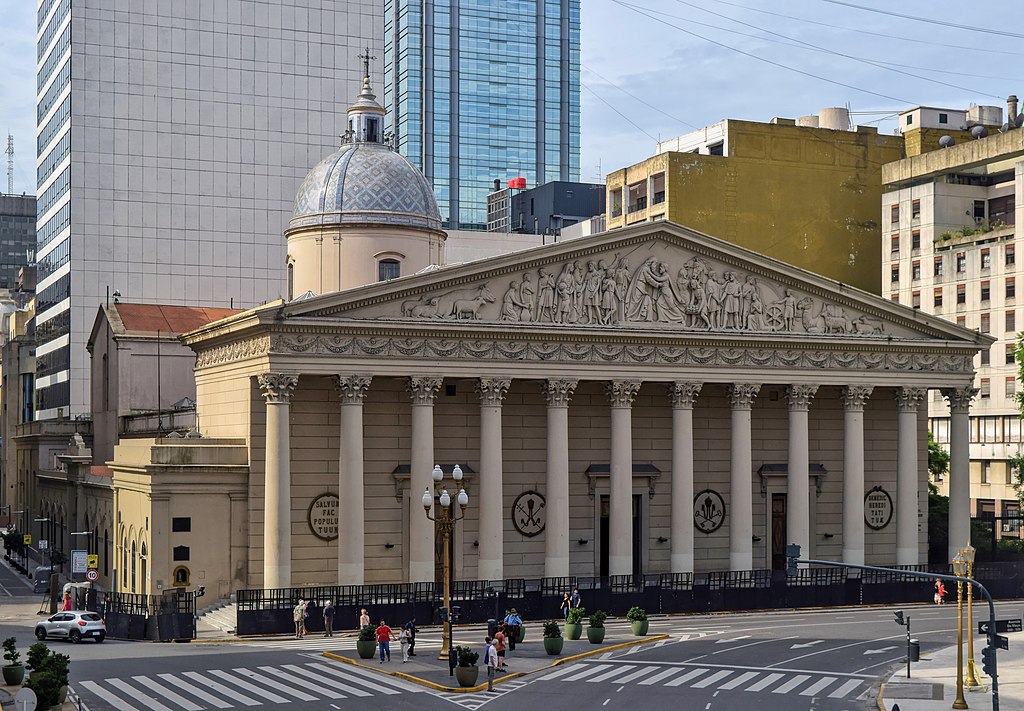
Buenos Aires, the capital of Argentina, has a metropolitan population of 16.7 million. Known for its European-style architecture and vibrant cultural scene, Buenos Aires is a city of contrasts, with historic neighborhoods like San Telmo and La Boca alongside modern financial districts. The city is a major center for arts, education, and commerce in South America, famous for tango music, theaters, and a lively nightlife. Buenos Aires also serves as Argentina’s economic center, with key industries in finance, tourism, and media. Despite economic challenges, the city’s rich cultural heritage and cosmopolitan lifestyle make it one of Latin America’s most appealing destinations.
Tehran, Iran – 16,500,000

Tehran, the capital of Iran, has a metropolitan population of 16.5 million. Located at the base of the Alborz mountains, Tehran is a bustling city with a mix of traditional Persian culture and modernity. The city is Iran’s economic, political, and cultural center, housing government buildings, universities, and a variety of industries. Landmarks like the Azadi Tower and Golestan Palace highlight Tehran’s historical importance, while its bustling bazaars and museums reflect its cultural richness. Tehran faces challenges with air quality and traffic congestion, but it remains a vibrant and influential city in the Middle East.
Istanbul, Turkey – 15,200,000

Istanbul, the largest city in Turkey, has a population of approximately 15.2 million. As a city that straddles two continents, Europe and Asia, Istanbul is a cultural and historical crossroads. It is renowned for its rich history, stunning architecture, and vibrant arts scene. Landmarks such as the Hagia Sophia, Topkapi Palace, and the Blue Mosque highlight its unique heritage. Istanbul also serves as Turkey’s economic, cultural, and financial hub, with a bustling market atmosphere and a diverse culinary scene. The city’s dynamic blend of tradition and modernity makes it a captivating destination for travelers.




